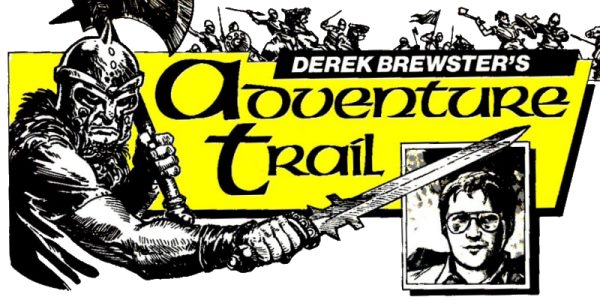

 he 128K Spectrum has been around now for some time, and apart
from some early commissioned software, and the exemplary efforts of
Mastertronic, every software house old enough to remember computers like the
Oric, Enterprise, and Memotech is saving its efforts until the 128 has a proven
sales record.
he 128K Spectrum has been around now for some time, and apart
from some early commissioned software, and the exemplary efforts of
Mastertronic, every software house old enough to remember computers like the
Oric, Enterprise, and Memotech is saving its efforts until the 128 has a proven
sales record.
Admittedly, there have been question marks over the computer’s future since the takeover by Alan Sugar, everyone knows that it may take some time to produce a successor, and that when it arrives it will no doubt be fully compatible with the 128. May I just put forward the argument that if the successor is not compatible then this is a matter for Alan Sugar to worry about and not any potential 128 purchaser.
There has been much advice on this issue in magazines and the general consensus is that the public should wait and see. All I can say is heaven knows what would have happened to the Sinclair phenomenon if such advice was offered in 1982 amid rumours of the 48K’s unreliability. Presumably, everyone would have ended up with Atari microcomputers which were (and still are) superb value for money, and the home software industry might never have gained the poise and standing it has now earned for itself.
Alan Sugar is caught in a marketing quandary over the positions of his Amstrad and Spectrum concerns. He claims far too much for the likes of the CPC 464 and its derivatives and is too dismissive of the huge Spectrum games world he has inherited. I suggest the potential micro purchaser keeps well clear of such political manoeuverings and simply goes out and buys the microcomputer which offers the best software backup at the most competitive price. If this be the 128 Spectrum then so be it. Sold in sufficient numbers, the 128 will ensure both software support in the near future, and hardware compatibility in the longer term — no matter who provides them.
Adventuring began with the mainframe Colossal Cavern and due to the inherent limitations of mainframes, text without pictures was the order of the day. Along came the ZX Spectrum in 1982 and, although many adventures remained text-only, mimicking the original, the first faltering steps were taken towards full-blown illustrations with the likes of The Hobbit and Fantasia Diamond.
Some time later, graphics (as pictures on computers are invariably called) became quite sophisticated, and respectable even, as some specialist graphic computer artists got to grips with the Spectrum, most notably Banner of Interceptor (Jewels of Babylon, Warlord) and Teoman Irmak of the old Adventure International (Gremlins, Touchstones of Rhiannon). Now, you might think it a little hypocritical to mention these games. After all, when they were released I refused to be swayed simply by their graphics but instead reviewed the adventure as a whole — remember this was when Level 9 were releasing games with simple graphic styles but immense intricacies of plot and composition, and games as good and innovative as Sherlock and Lords of Midnight were about. The reason why good graphics could not co-exist with complexity of gameplay was simply the restriction on memory. Surely now with 128K, adventures can combine the two and produce something worth crowing about.